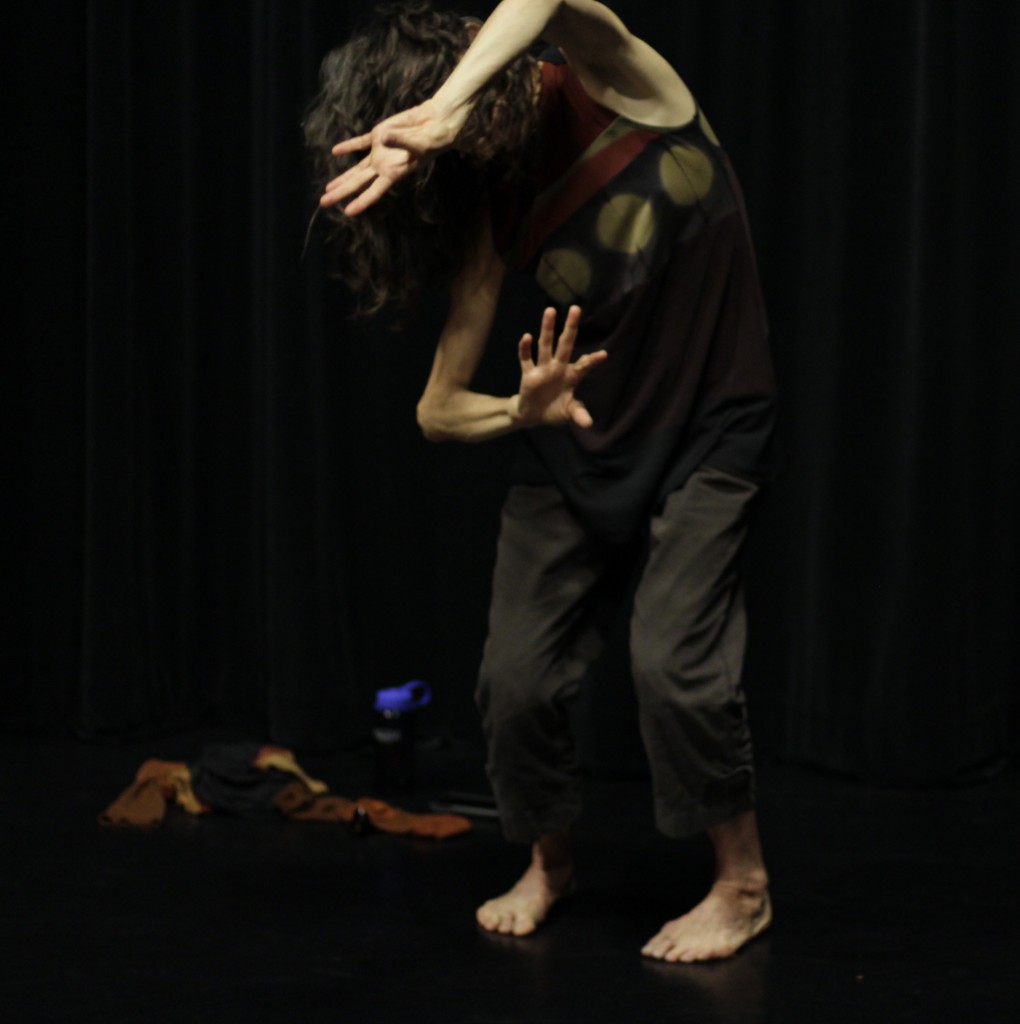Body Learning is my creation out of 25 years of Body-Mind Centering® practice. It is informed by my dance training and performing experience and daily practices in tai qi and qi gong. It has developed out of my bodywork practice with adults who have pain or movement restriction and with children with brain injury or sensory processing issues. All my students and clients have taught me the range and variety of experiences and expressions that make up human experience.
The integrity of Body Learning is rooted in my daily movement and embodiment practice. I am teaching and offering work that can be illuminating, healing and transformative. People often come to me with specific injuries or practical difficulties and I offer grounded, pragmatic approaches to self-care, and simple daily exercises and awareness practices. Body Learning also encompasses larger questions of deep transformation in our bodies– how to become more deeply embodied, and how to sustain a holistic approach to health.
Body Learning encompasses three parts: learning about the body, learning from the body, and learning with the body. All are important– in fact all are essential– to our whole understanding of ourselves as physiological beings and as integral beings within a natural environment. The experiential component of learning is key to the integration and grounding of information gathered intellectually. In fact, experiential learning is a great resource for new concepts and ideas that can be further developed intellectually.
Body Learning offers us an experiential approach to managing our health, based in trust: trusting our body’s innate capacity to heal, and trusting our own inner sense of what we need. Culturally we have distanced ourselves from this innate knowing and have come to trust the brilliant, powerful and detailed medical world as our guide in health, when actually the body can be our guide, even (or especially) as we navigate the medical world. We don’t have to negate any information, be it internal or external. Both are available to us, and Body Learning supports the cultivation of the inner perception with a great reliance on and respect for science.
Learning happens through our multiple senses. We take in information through our eyes, ears, skin, nose, and mouth. We also take in information through moving in an environment and receiving feedback from that environment. So the body is a key mechanism in any process of learning. Our ability to assess the environment, participate in relationship, and to manage our own health, is deeply rooted in our body’s perceptual capacity.
The more we can claim the role of the body and the role of movement in our whole intelligence, our whole mind, the more able we will be to make wise decisions, form healthy relationships, and lead balanced lives. We are physiological beings, cyclic beings; we need rest as much as action; we need time to reflect, listen, digest – as well as time to move in many different ways. Movement intelligence is the least valued intelligence in our culture, and it is vital not only to the healthy development of our brain, but also to our capacity to understand whole systems and to understand interrelationships within nature and within our social and political worlds.
Somatic intelligence is not just about movement through space– it is about wisdom based in physiology. Movement within the body includes deep flow pathways, microscopic exchange, molecular assembly and disassembly. Human physiology is really about inner ecology. We consist of myriad interlocking systems, all based on a balanced flow of input and output. Each person is an ecosystem.
Body Learning offers a perspective on intelligence – that our whole mind consists of myriad inner intelligences. Body Learning offers a perspective on identity – we are a mystery, and there are many ways to interact with that mystery, to engage and in some ways demystify the body so that deeper mysteries can be revealed.
– copyright 11/19/12 Rebecca Haseltine

